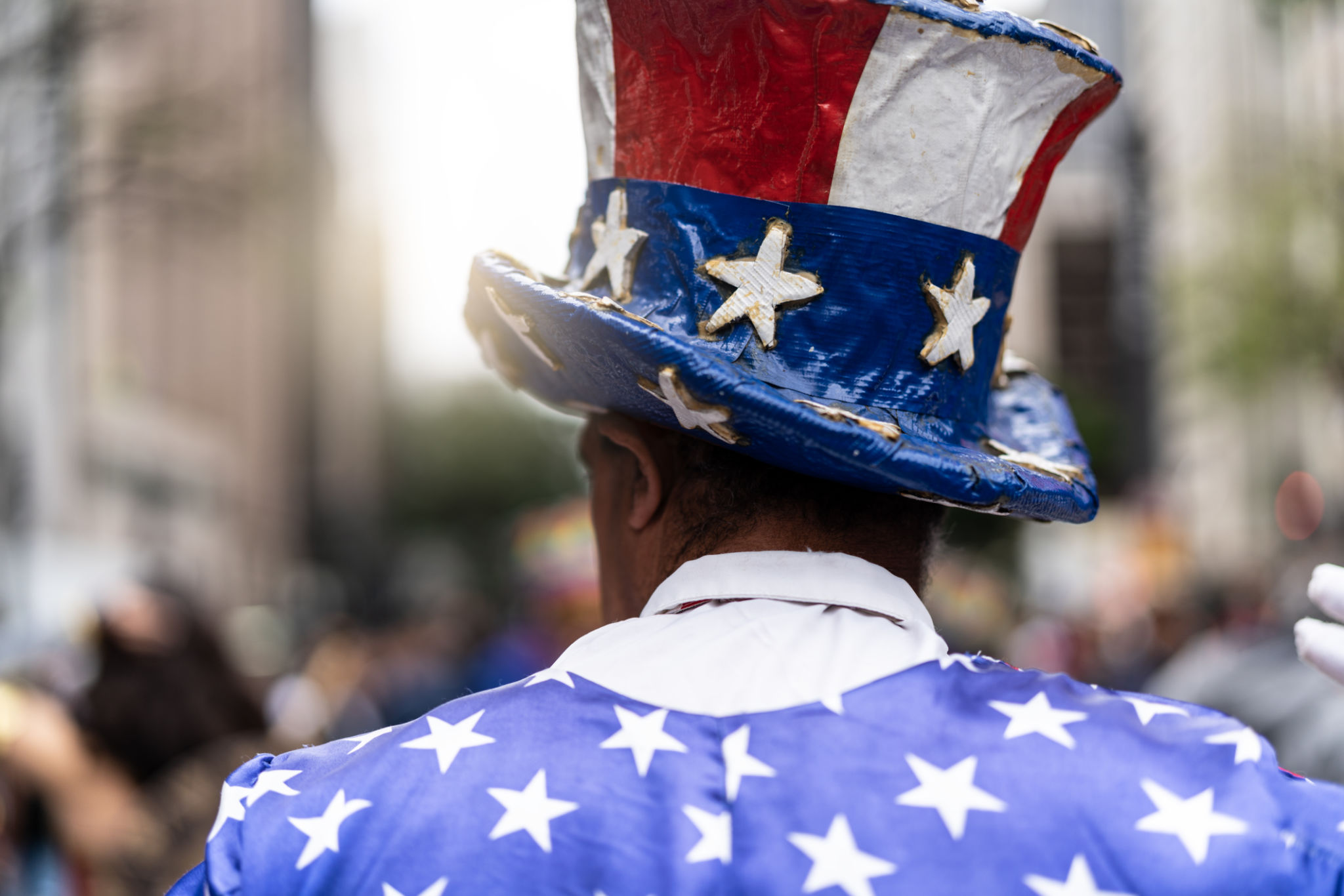Navigating Supreme Court Rulings on Travel Rights for Native American Tribes
Understanding the Impact of Supreme Court Rulings
In recent years, the Supreme Court has issued rulings that significantly impact the travel rights of Native American tribes across the United States. These decisions hold profound implications for tribal sovereignty, resource management, and cultural preservation. As these rulings shape the legal landscape, it is crucial to understand their nuances and potential effects on Native communities.

The Supreme Court's decisions often revolve around treaty rights, which are central to understanding the scope of Native American travel and movement. These treaties, established between tribes and the federal government, often guaranteed the right to travel freely across traditional lands. However, interpreting these agreements in contemporary contexts can be complex, as societal and environmental changes present new challenges.
The Role of Treaties in Tribal Travel Rights
Treaties between Native American tribes and the U.S. government have historically been a cornerstone for ensuring tribes can maintain their traditional ways of life, including travel. However, as legal interpretations evolve, the court's rulings can either reinforce or restrict these rights. Understanding the original intent of these treaties is vital for protecting tribal sovereignty and ensuring these rights are upheld.

It is essential for tribes to work closely with legal experts to navigate these rulings effectively. By doing so, they can advocate for interpretations that align with their historical rights and contemporary needs. Legal challenges and negotiations play a pivotal role in shaping how these travel rights are implemented and respected today.
Recent Supreme Court Decisions
Recent Supreme Court decisions have highlighted both victories and setbacks for Native American tribes regarding travel rights. Some rulings have affirmed certain travel privileges, while others have introduced new restrictions or requirements. These decisions underscore the ongoing struggle for tribes to maintain autonomy over their lands and resources.
- A landmark decision reaffirmed the treaty rights of a tribe, allowing unhindered access to traditional fishing grounds.
- Conversely, another ruling imposed restrictions on crossing state lines without specific permits, raising concerns about potential limitations on tribal sovereignty.

These mixed outcomes illustrate the complex nature of legal battles faced by Native American communities. Each ruling has the potential to set a precedent that could either strengthen or weaken tribal rights nationwide.
The Future of Tribal Travel Rights
Looking ahead, Native American tribes continue to face the challenge of balancing traditional practices with modern legal frameworks. Advocacy groups and tribal leaders are increasingly focusing on educating lawmakers and the public about the importance of preserving tribal travel rights. This ongoing dialogue is crucial for fostering understanding and support at both local and national levels.
Moreover, there is a growing movement towards re-negotiating treaties and establishing new agreements that reflect contemporary realities while respecting historical rights. Such initiatives aim to create sustainable pathways for tribes to assert their sovereignty and protect their access to traditional lands.